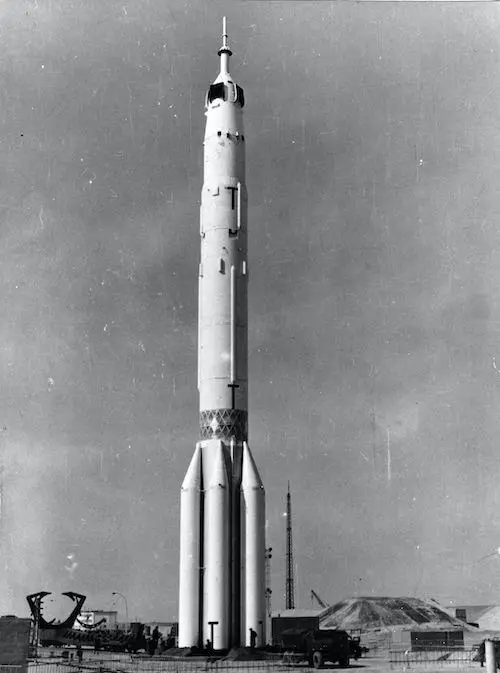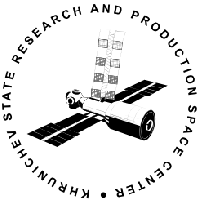Luna 16
Launch Success
Liftoff Time (GMT)
13:25:00
Saturday September 12, 1970
Mission Details
Luna 16
Luna 16 was an uncrewed space mission, part of the Soviet Luna program. It was the first robotic probe to land on the Moon and return a sample of lunar soil to Earth. The 101 grams sample was returned from Mare Fecunditatis. It represented the first lunar sample return mission by the Soviet Union and was the third lunar sample return mission overall, following the Apollo 11 and Apollo 12 missions. The spacecraft consisted of two attached stages, an ascent stage mounted on top of a descent stage. The descent stage was a cylindrical body with four protruding landing legs, fuel tanks, a landing radar, and a dual descent-engine complex. A main descent engine was used to slow the craft until it reached a cutoff point, which was determined by the on-board computer based on altitude and velocity. After cutoff a bank of lower-thrust jets was used for the final landing. The descent stage also acted as a launch pad for the ascent stage. The ascent stage was a smaller cylinder with a rounded top. It carried a cylindrical hermetically sealed soil-sample container inside a re-entry capsule. The spacecraft descent stage was equipped with a television camera, radiation and temperature monitors, telecommunications equipment, and an extendable arm with a drilling rig for the collection of a lunar soil sample.
Trans Lunar Injection
1 Payload
5,720 kilograms
Rocket


Manufacturer
KhrunichevRocket
Height: 56.14m
Payload to Orbit
LEO: 18,900 kg
GTO: 9,000 kg
Liftoff Thrust
8,840 Kilonewtons
Fairing
Diameter: 3.9m
Height: 8.9m
Stages
4
Launch Site
Stats
Proton-K
22nd
Mission
3rd
Mission of 1970
Khrunichev State Research and Production Space Center
511th
Mission
53rd
Mission of 1970
1970
79th
Orbital launch attempt